"Why he does not consider the arm with Zener diodes?"
When a circuit with frequency-dependent feedback is designed as an oscillator, the loop gain must fulfill the oscillation condition: LOOP GAIN LG=1.
However, this never cannot be fulfilled by design because for LG=1.001 we have continuously increasing amplitudes and for LG=0.999 we have decaying amplitudes.
For this reason, we ALWAYS design the circuit for LG>1 (including all uncertainties like tolerances etc.). This ensures safe start of oscillations. But as a consequenc of LG>1, the amplitudes will rise until they are hard-limited (power supply rails). Because this is unwanted due to very bad THD values (distortions) we prefer a "soft limiting" before the amplitudes reach the power rail.
For this purpose, we need a non-linear amplitude-sensitive path (diodes, Z-diodes, FET, tungsten lamp,...). However, it is common practice not to include this non-linear path in the loop gain expression because the oscillation frequency is not affected - just the amplitudes.
In your example, the ratio R3/R4 will be selected slightly larger than "2" (nominally R3/R4=2, closed-loop gain=3). Because of the Z-diode effects, the value of R3||Z-path will become less resistive for rising amplitudes and the opamp gain will be reduced to exactly "3" (at a certain amplitude) and the loop gain will be LG=1 for this amplitude value.
In your example, the Z-diodes will be "open" at amplitude values which depend on the Z-voltage. Then, the resistor R5 will appear in parallel to R3. However, R5 has a rather low value which does not allow a relatively "soft" transition from LG>1 to LG=1. Hence, the quality of the signal will be not very good. For my opinion, a larger value for R5 would be better (5...10kOhms). But the selection of a suitable value depends also on the actual design ratio R3/R4.
General rule: The net non-linearity (R3 together with the Z-path) must be as small as possible (for a good THD) but large enough to allow (a) safe start of oscillations and (b) "soft" amplitude control before hard-limiting occurs.
EDIT (Comment): Finally, I should add that my answer assumes R1C1=R2C2. This is the classical design - otherwise the mentioned resistor ratio R3/R4=2 (and the resulting opamp closed-loop gain of 3) does not apply anymore.

